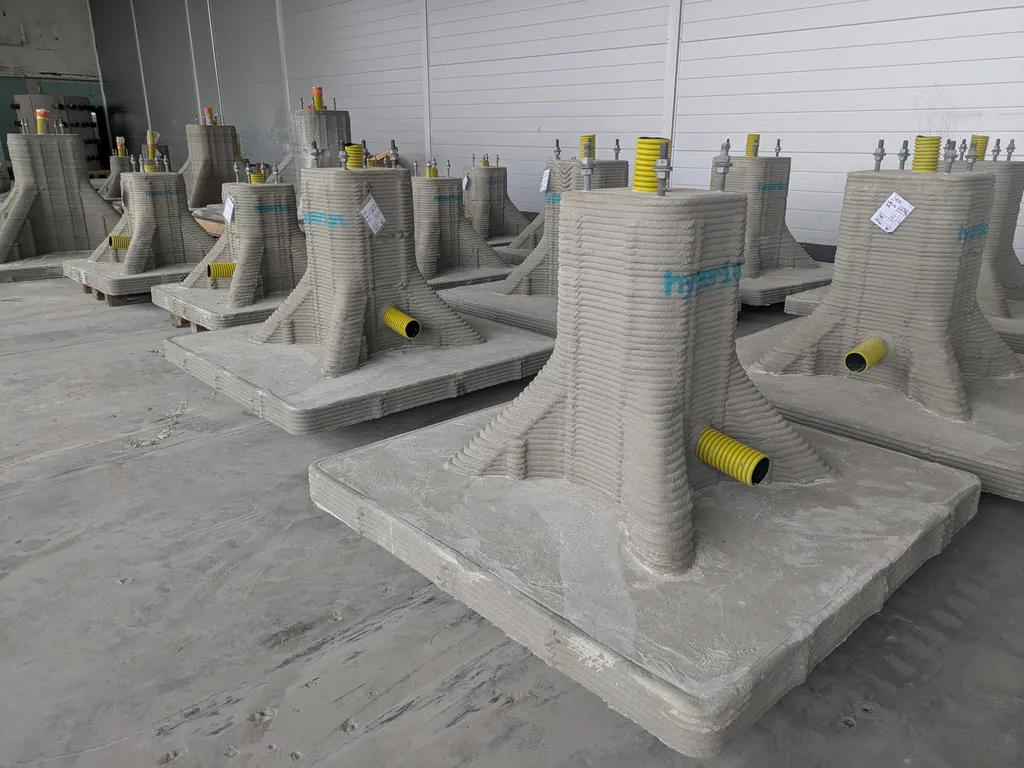In the ever-evolving landscape of advanced materials and manufacturing, a groundbreaking study published in *Materials Today Advances* (translated as *Advances in Materials Today*) is set to reshape the way we think about thermoplastic vulcanizates (TPVs) and their potential in additive manufacturing. Led by Abbas Bayati from the School of Mechanical Engineering at the University of Tehran, this research delves into the current limitations and innovative solutions for 3D printing TPVs, offering a glimpse into a future where these versatile materials could revolutionize industries, including the energy sector.
TPVs, a class of thermoplastic elastomers, strike a delicate balance between rubber elasticity and thermoplastic processability. This unique combination positions them as a sustainable alternative to conventional thermoset rubbers, which are widely used in various applications but often pose environmental challenges due to their non-recyclable nature. “TPVs offer a promising avenue for sustainable materials,” Bayati explains, “but their full potential in additive manufacturing has been hindered by several key obstacles.”
The primary challenges in 3D printing TPVs include filament buckling, phase incompatibility, and high melt viscosity, which collectively lead to poor printability and mechanical defects. These issues have historically prevented TPVs from being effectively utilized in additive manufacturing (AM) methods. However, Bayati’s research highlights several strategies that could overcome these hurdles, such as adjusting the crosslinking density, incorporating compatibilizers, and exploring alternative printing methods.
One of the most promising solutions discussed in the study is dynamic vulcanization (DV), a process that enhances the dispersion and crosslinking of the elastomeric phase. This not only improves the mechanical properties of TPVs but also boosts their recyclability, a critical factor for the energy sector, where sustainability is increasingly becoming a priority.
The implications of this research extend far beyond the laboratory. As the energy sector seeks to reduce its environmental footprint, the development of sustainable materials like TPVs could play a pivotal role. “The energy sector is increasingly looking for materials that are not only high-performing but also environmentally friendly,” Bayati notes. “TPVs, with their unique properties and potential for recyclability, could be a game-changer.”
The study also emphasizes the importance of continued research into TPV-based filaments, direct pellet printing, and 4D printing. These advancements could unlock new applications in automotive, biomedical, and soft robotics fields, further expanding the commercial impact of TPVs.
As the world moves towards a greener future, the research led by Abbas Bayati offers a compelling vision of how advanced materials and innovative manufacturing techniques can pave the way for sustainable solutions. With continued investment and research, TPVs could well become a cornerstone of the energy sector’s quest for sustainability and efficiency.

